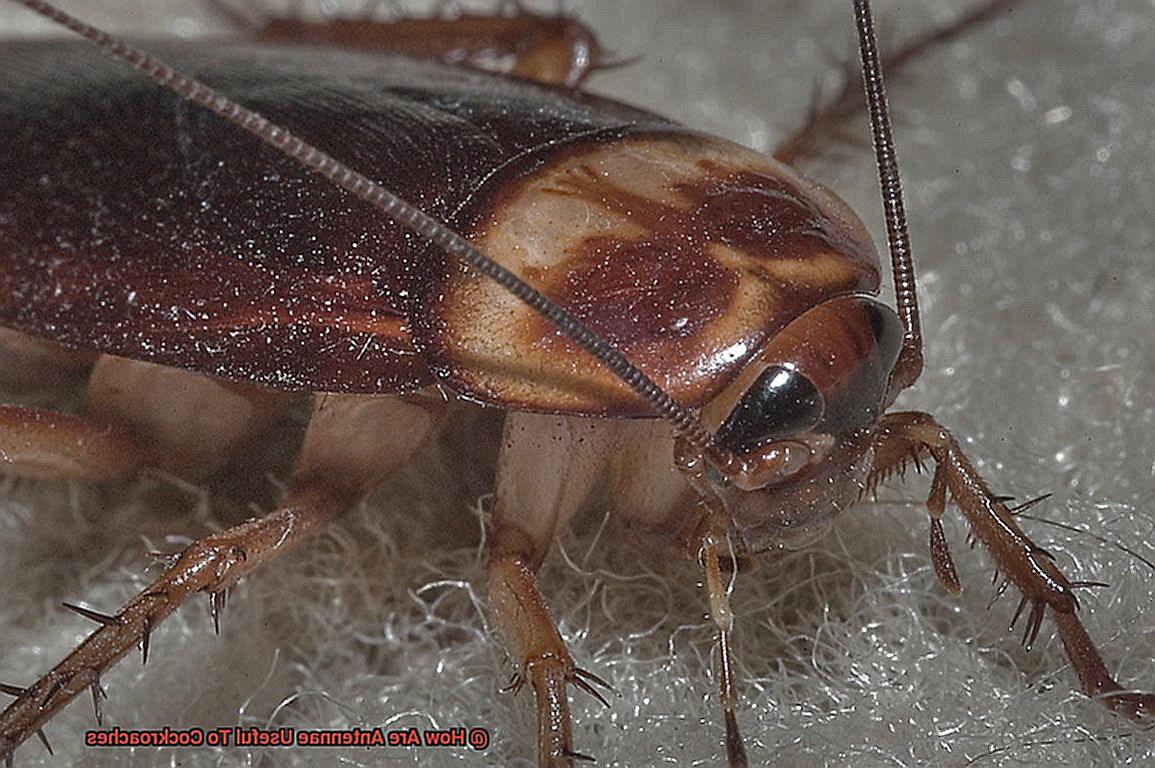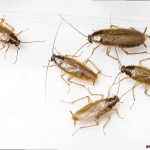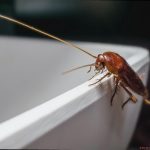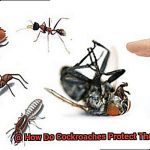Have you ever marveled at how cockroaches seem to move with ease through the dark nooks and crannies of your home?
It’s all thanks to their incredible sense organs – their antennae. These unique appendages are essential for cockroaches, who have evolved to become expert navigators in their environment.
But what makes antennae so useful to cockroaches? Simply put, they act as an extension of a roach’s senses, allowing them to gather information about the world around them.
Their antennae are incredibly sensitive to touch, smell, and taste, giving them an edge in detecting food sources and pheromones from other cockroaches. But that’s not all – antennae also serve as a crucial line of defense against predators.
With their finely-tuned senses, cockroaches can detect even the slightest movements in the air, alerting them to potential threats nearby. And if they need to relocate due to changing environmental conditions like temperature or humidity, their antennae can help them find just the right spot for survival.
So, come along on this journey into the fascinating world of these resilient insects – you might just gain a newfound appreciation for these tiny but mighty creatures.
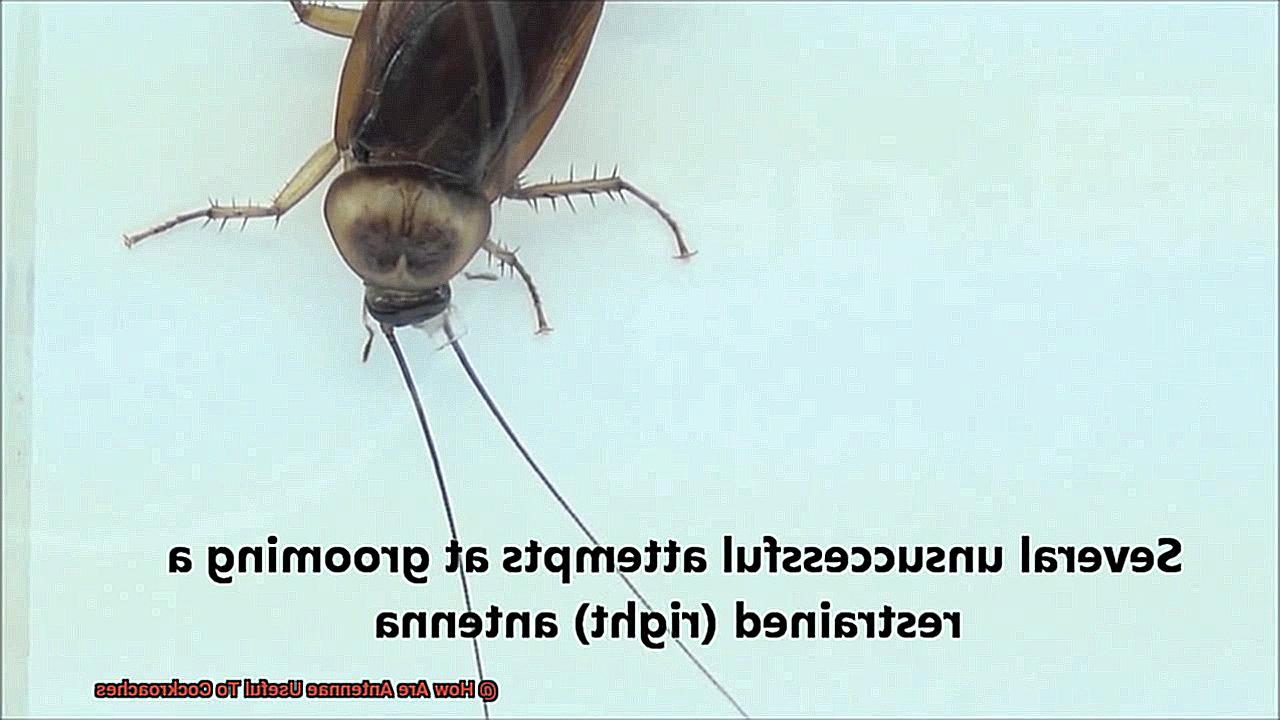
What are Antennae?
Contents
These sensory organs, known as antennae, are not just for decoration but are critical for the survival of these insects.
Cockroach antennae are impressive multi-functional tools that have several uses, some of which are still being studied by scientists. One of their primary functions is to help with navigation.
Cockroaches prefer to move around in the dark, and their antennae can detect even the slightest vibrations and changes in air currents. This ability helps them navigate through their environment and avoid potential threats.
Moreover, the antennae play a crucial role in detecting food and other resources. Their impressive sensitivity allows them to locate food from a distance and avoid contaminated sources.
They can even detect toxins and other harmful substances in their environment, allowing them to stay healthy. Communication is another important use of cockroach antennae.
Through chemical signals called pheromones, they communicate with each other about food sources, potential mates, and danger. The antennae can pick up these chemical signals and help cockroaches interpret them.
Lastly, male cockroaches use their antennae to sense female pheromones during mating behavior. Female cockroaches also rely on their antennae to assess potential mates based on their odor.
In summary, the antennae of cockroaches are essential for their survival. They provide sensory information about their environment that helps them find food, avoid danger, and communicate with others of their species.
Cockroaches would be at a significant disadvantage without these multi-functional sensory organs.
One of the key features that make them such incredible survivors is their antennae, which function like a Swiss Army knife, providing them with multiple critical functions, including navigation. In section three of this article, we’ll delve deeper into the role of cockroach antennae in navigation.
These tiny organs help these insects detect and respond to a wide range of environmental cues that allow them to navigate and find food, water, and shelter. Cockroach antennae are incredibly sensitive organs that can detect different types of stimuli, such as odor, temperature, humidity, air currents, and vibrations.
These cues provide essential information about the location and quality of potential food sources, water sources, and shelter. For instance, cockroaches can detect the scent of food from a distance using their antennae and follow it.
But how do they navigate in the dark? Cockroaches are nocturnal insects that prefer to move around when predators are less active.
To navigate in low-light conditions, cockroaches use their antennae to sense changes in air currents and vibrations caused by obstacles or potential threats. Without their antennae, cockroaches would struggle to find food, water, and shelter – making them more vulnerable to predators.
Therefore, understanding how these tiny organs work is crucial in developing effective strategies for controlling these pests and keeping them out of our homes.
Communication
Their antennae play a vital role in this process, acting as their primary means of connecting with each other and the environment.
These antennae are highly sensitive and can detect a wide range of stimuli, from odors and vibrations to air currents and touch. One significant way that cockroaches use their antennae is for finding food.
They pick up on the scent of organic compounds in the air, detect the texture and temperature of potential food sources, and quickly locate sources of sustenance while avoiding areas with no food available. Antennae are also crucial for detecting danger.
Cockroaches can effectively sense predators or other threats in their environment by picking up on their scent, and they can sense vibrations caused by approaching predators. This allows them to escape before it’s too late.
In addition to finding food and detecting danger, antennae play a role in mating behavior. Male cockroaches use their antennae to locate females by picking up on pheromones released by the females.
The males can also sense when a female is receptive to mating, maximizing their chances of successfully reproducing. Overall, the antennae are critical for a cockroach’s survival and ability to navigate its environment effectively.
These fascinating creatures certainly have an impressive toolkit at their disposal, including their remarkable antennae that serve as a Swiss Army knife for communication.
vvwI_8z1CaA” >
Mating Behavior
Male cockroaches rely on their antennae to detect the pheromones released by females to attract mates.
Following the scent trail, males use their antennae to touch the female’s body, assessing her readiness for mating and initiating courtship behavior. During copulation, males may also use their antennae to grasp onto the female.
But it’s not just the males who need their antennae for successful mating. Female cockroaches also use their antennae to sense the presence of a male and assess his fitness as a mate.
They may even use their antennae to groom themselves, removing any unwanted debris or bacteria that could interfere with successful copulation. Without their trusty antennae, both male and female cockroaches would struggle to find mates and initiate courtship behavior.
Also Read: Are cockroaches and lobsters related? – All About Roaches
Conclusion
In conclusion, the antennae of cockroaches are truly remarkable sensory organs that serve a multitude of critical functions.
Acting as an extension of a roach’s senses, these tiny appendages allow them to navigate their environment with ease and detect potential threats from predators. In addition, antennae help these insects find food sources and communicate with each other through chemical signals called pheromones.
It’s no wonder that cockroach antennae are incredibly sensitive to touch, smell, and taste, making them multi-functional tools that aid in survival. Imagine a world where cockroaches didn’t have their antennae – they would be at a significant disadvantage in finding food and avoiding danger.
These fascinating insects use their antennae to detect even the slightest vibrations and changes in air currents to navigate through their environment. Moreover, male and female cockroaches rely on their antennae to locate potential mates by picking up on pheromones released by the opposite sex.
Understanding how these tiny organs work is crucial in developing effective strategies for controlling these pests and keeping them out of our homes.

